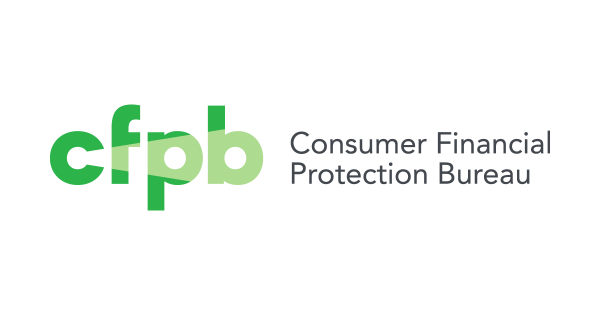Consumers In Higher-Income Areas More Likely Than Those in Lower-Income Areas to Establish Credit with a Credit-Card or Co-Borrower
Washington, D.C. –(ENEWSPF)—June 7, 2017. The Consumer Financial Protection Bureau (CFPB) today released a study on the transition to credit visibility that found that the way consumers establish credit history can differ greatly based on economic background. Consumers in lower-income areas are more likely than those in higher-income areas to become credit visible due to negative records such as a debt in collection. Consumers in higher-income areas are more likely than those in lower-income areas to establish credit history by using a credit card or relying on someone else. The study also found that the percentage of consumers transitioning to credit visibility due to student loans more than doubled in the last 10 years.
“It is no secret that lower-income consumers face challenges in the financial marketplace,” said CFPB Director Richard Cordray. “Today’s study shows that even at the beginning of their financial lives, they are faced with higher hurdles to gain access to credit, which hinders them from turning their version of the American dream into reality.”
In 2015, CFPB estimated that 11 percent of adults in the United States, or about 26 million people, are credit invisible with no credit history at one of the three nationwide credit reporting companies. Traditionally, a credit history reflects whether payments are made on time, what debt a consumer owes, and whether they have a debt or bill in collection. Lenders use a consumer’s credit history to decide whether to extend credit and how much the credit will cost. Without a sufficient credit history, consumers face barriers to accessing credit or higher costs. This issue disproportionately impacts consumers who are African American or Hispanic, and people who live in low-income neighborhoods. It can also impact some recent immigrants, young people just getting started, and people who are recently widowed or divorced.
Today’s study looked at how consumers first establish credit history by reviewing de-identified credit records of more than one million consumers who became credit visible. It examined when consumers transition out of credit invisibility and the means by which they do so. The study found that almost 80 percent of transitions occur before age 25 and that credit cards are the most common way consumers establish credit. The study also found that the way consumers establish credit history – taking out a credit card, relying on a co-borrower, or having negative records – can differ greatly based on economic background. Specific findings in today’s report include:
- Consumers in lower-income areas are 240 percent more likely to become credit visible due to negative records: Overall, roughly 15 percent of consumers establish a credit history by non-loans such as a debt in collection or a public record. Almost 90 percent of these non-loan experiences convey uniformly negative information about the consumer’s creditworthiness. Consumers in lower-income neighborhoods are 240 percent more likely than those in higher-income areas to become credit visible due to negative records. The study found that 27.1 percent of consumers in lower-income neighborhoods establish credit history with non-loan records versus only 7.9 percent of consumers in higher-income neighborhoods.
- Consumers in higher-income areas are 30 percent more likely to become credit visible by using a credit card: The study found that credit cards are the most common way that consumers establish their credit, with roughly 38 percent of consumers becoming credit visible with a credit card. However, consumers in higher-income neighborhoods are 30 percent more likely than those in lower-income areas to use a credit card to become credit visible. The study found that 44 percent of consumers in higher-income areas establish a credit history with a credit card versus 34 percent of consumers in lower-income areas.
- Consumers in higher-income areas are 100 percent more likely to become credit visible by relying on someone else: Overall, roughly 15 percent of consumers established a credit history by relying on co-borrowers and another 9.6 percent of consumers did so when they became an authorized user on someone else’s credit account. Consumers in higher-income areas are 100 percent more likely than those in lower-income areas to rely on someone else to establish their credit. The study found that 30 percent of consumers in higher-income areas establish credit through a co-borrower or by becoming an authorized user versus only 14.9 percent of consumers in lower-income areas.
- Percentage of consumers who became credit visible due to student loans more than doubled in last 10 years: The number of credit records established through student loans has grown rapidly in the last 10 years among consumers under 25. The portion of consumers who used a student loan to establish credit visibility more than doubled from around 10 percent in 2006 to more than 26 percent in 2016.
Today’s report on credit invisibility is available at: https://www.consumerfinance.gov/data-research/research-reports/cfpb-data-point-becoming-credit-visible/
###
The Consumer Financial Protection Bureau is a 21st century agency that helps consumer finance markets work by making rules more effective, by consistently and fairly enforcing those rules, and by empowering consumers to take more control over their economic lives. For more information, visit consumerfinance.gov.
Source: www.consumerfinance.gov









